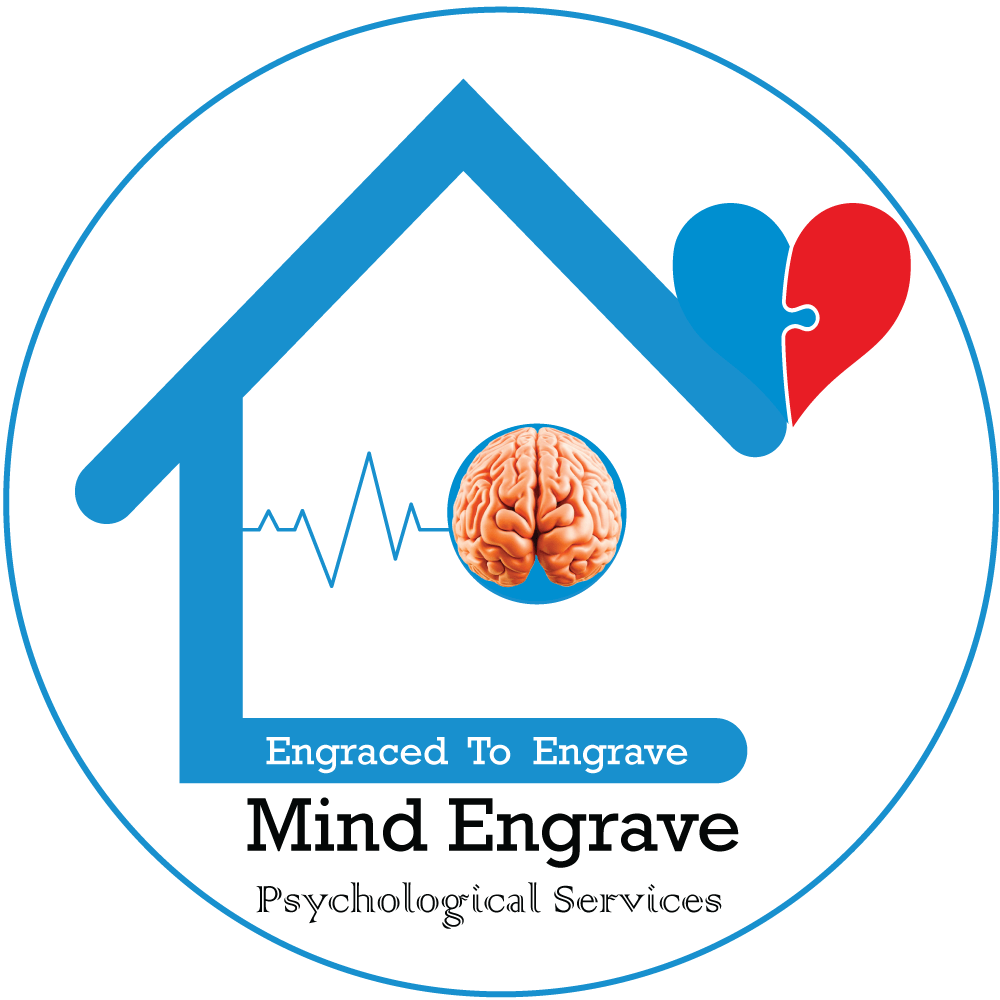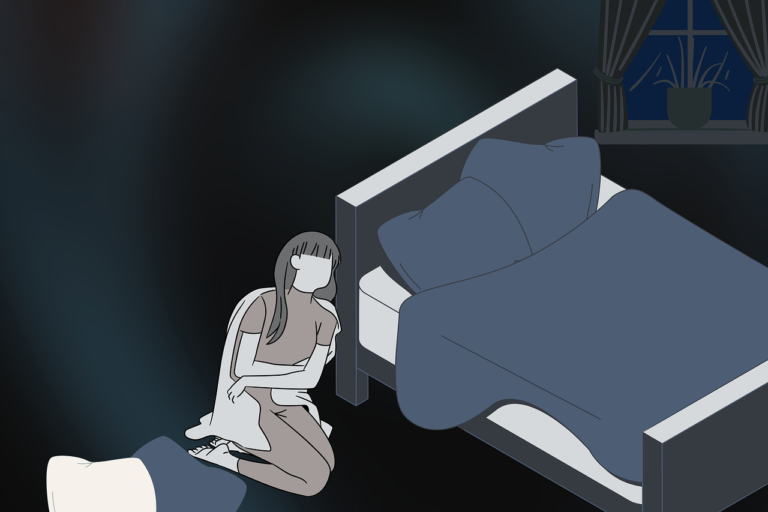Depression: Clinical Overview for Teens, Adults & Professionals
Depression: Clear Clinical Definition & Scope
Depression, or depressive disorder, differs from ordinary sadness because it lasts longer and compromises daily functioning. Clinicians diagnose Depression when a person experiences a sustained low mood or loss of pleasure for at least two weeks, accompanied by changes in sleep, appetite, concentration, energy, or self-worth. International health authorities classify Depression as a common but serious mental health condition that affects thoughts, behaviour, and bodily processes; it can appear at any age and affect any community. [1]
Common Signs of Depressive Disorder that Warrant Assessment
There are certain depression symptoms that warrant assessment. These can be recognized both psychologically and physically. Psychological symptoms include ongoing sadness, hopelessness, loss of interest in previously enjoyed activities, low self-esteem, indecisiveness, and recurrent suicidal thoughts. Physical and behavioural signs include fatigue, sleep disturbance, notable weight or appetite change, slowed movements or restlessness, and difficulty concentrating. Teenagers may show irritability, falling grades, or social withdrawal rather than classic sadness. Clinicians should screen patients who report multiple symptoms and who show functional decline. Early assessment guides timely intervention.
Depression Leading Causes & Precipitating Factors
Depression arises from multiple, interacting factors. Biological contributors include family history, neurochemical differences, and some medical illnesses or medications. Psychological factors cover persistent stress, maladaptive thinking patterns, trauma, and unresolved grief. Social and environmental pressures such as financial hardship, social isolation, and major life changes also elevate risk. In many cases, no single cause explains Depression; clinicians frame it as the product of vulnerability plus stress, which helps guide a multifaceted treatment plan.
Effects of Depression on the Person & the Community
Depression reduces quality of life and undermines productivity. Affected individuals often struggle to meet academic or work obligations, lose social support, and face greater risk for chronic medical conditions such as cardiovascular disease. Depression also increases the risk of self-harm and suicide, making rapid identification and response essential. Communities pay a wide cost in lost labour and increased healthcare use when Depression remains untreated. Therefore, public health strategies must prioritise early detection and accessible care.
Common Depression Comorbid Conditions to Screen For
Clinicians frequently find Depression alongside other psychiatric and medical conditions. Anxiety disorders, substance use disorders, chronic pain syndromes, and certain medical illnesses commonly co-occur with Depression. Co-occurring substance use significantly raises suicide risk and complicates treatment; integrated assessment and dual-diagnosis care improve outcomes. Professionals should screen for comorbid anxiety, alcohol or drug misuse, and bipolar disorder features to avoid misdiagnosis and to select appropriate therapies.
Evidence-Based Clinical Management for Depressive Disorder
Treat Depression using a stepped, evidence-based approach tailored to severity, patient preference, and comorbidity. For mild cases, guided self-help, psychoeducation, and brief psychological interventions may suffice. For moderate to severe Depression, combine psychotherapy—especially cognitive behavioural therapy (CBT) and interpersonal therapy—with antidepressant medication when indicated. Research shows that combining psychotherapy and medication often produces superior results for moderate-to-severe cases. Clinicians should monitor treatment response, side effects, and suicide risk, and adjust interventions as needed. Where available, consider structured referrals for specialised care such as psychiatry, substance-use services, or intensive psychological therapies.
Practical Steps for Teens, Adults, & Professionals
Patients should seek assessment if low mood persists for more than two weeks or when symptoms impair functioning. Families and employers should support clear pathways to help, reduce stigma, and encourage early treatment. Health professionals must use validated screening tools, document severity, evaluate for comorbidity, and offer a collaborative treatment plan that explains options, expected timelines, and follow-up. For teams in low-resource settings, adopt scalable interventions—brief psychosocial therapies, task-shared counselling, and community education—to widen access. Finally, clinicians must prioritise safety planning when suicidal thoughts appear and connect people to crisis services promptly.
Conclusion
Depression remains a treatable condition when clinicians act with clarity and patients access appropriate care. Use symptom recognition to trigger assessment, consider biological and social causes in formulation, screen for comorbidity, and implement stepped, evidence-based treatment. For teens, adults, and professionals, the clinical priority remains the same: detect early, intervene appropriately, and monitor outcomes to restore functioning and reduce harm. With sustained public health action and clinical vigilance, most people with Depression recover or reach manageable stability.
Take Action

Depression does not define you — and it is treatable. Whether you’re noticing the early signs or have been struggling for a while, the right help can make all the difference. Reach out to a qualified mental health professional today. We are ready to listen, guide, and support you toward recovery.
To schedule a confidential consultation: Call/: 08160613745
Whatsapp: 08160613745.
Location: 52 Cardoso Street, Mushin, Lagos State, Nigeria.








